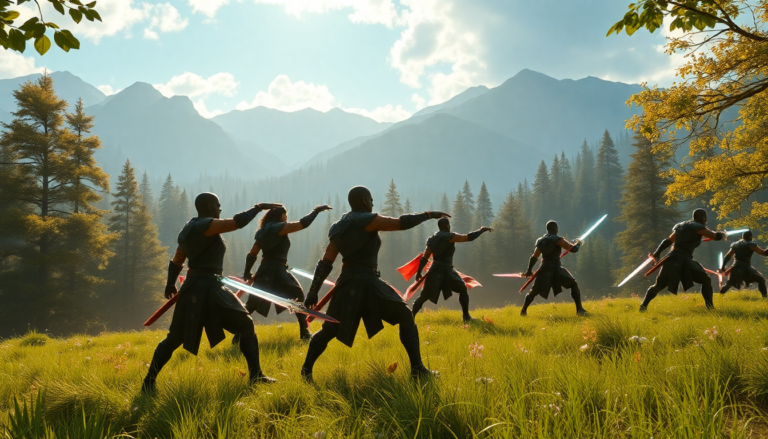Argomenti trattati
As game development continues to evolve, the fusion of rhythm mechanics with role-playing games (RPGs) is opening up exciting new avenues for innovation. Have you ever imagined a battle system where your timing and rhythm dictate the flow of combat? This fresh approach not only enhances the gameplay experience but also introduces a strategic layer that encourages players to think critically about their actions in real-time.
Understanding the Concept
So, what exactly does it mean to integrate rhythm into RPGs? At its core, this concept relies on a player’s ability to time their actions perfectly with the game’s soundtrack. Picture this: players engage in a mini-game where they must dodge attacks or launch their own moves in sync with the rhythm. Not only does this create a more immersive experience, but it also fosters a deeper connection between players and the game world.
One practical way to implement this is by utilizing structured elements, like arrays or objects, to represent various actions within the game. For example, as a player dodges or attacks, the system could reference an array to determine if the action was executed successfully based on the rhythm. This mechanism adds an element of fun while challenging players to hone their timing and coordination skills.
Designing the Battle System
When it comes to designing the battle system, visualizing and managing the rhythm mechanics is key. This is where concept art becomes invaluable; it allows developers to sketch out the mechanics visually before diving into the coding process. Developing a storyboard that outlines the rhythm patterns, player actions, and feedback mechanisms can clarify how the system will function.
For instance, you could use a loop to cycle through rhythm patterns stored in an array, generating visual cues for players that indicate when to dodge or strike. If a player successfully dodges an incoming attack, they avoid damage; on the flip side, failing to do so means a hit. This clear feedback loop is crucial for keeping players engaged and motivated throughout their gaming experience.
Addressing Potential Challenges
While the idea of integrating rhythm mechanics into RPGs is thrilling, it’s essential to consider the potential challenges that may arise during development. One major concern is balancing the difficulty level; if the rhythm mini-game is too tough, it could frustrate players and detract from their overall enjoyment. Conversely, if it’s too easy, it might not provide the excitement that players crave.
To tackle this, thorough playtesting with a diverse range of players is vital. Gathering feedback on the rhythm mechanics can help fine-tune the system to meet player expectations while still providing a rewarding challenge. Additionally, creating tutorial levels that gradually introduce players to these mechanics can enhance their experience and understanding of how to thrive in this innovative gameplay style.
Conclusion: The Future of RPGs
As we gaze into the future of RPG design, the integration of rhythm-based mechanics holds incredible promise for transforming player engagement. By allowing players to interact with gameplay through music and rhythm, developers can craft a more immersive and enjoyable experience that invites repeated playthroughs. Embracing innovative ideas like this not only enriches the gaming landscape but also paves the way for further creativity and exploration within the genre. Are you ready to dive into this rhythmic revolution in gaming?

